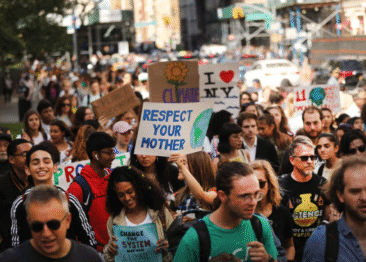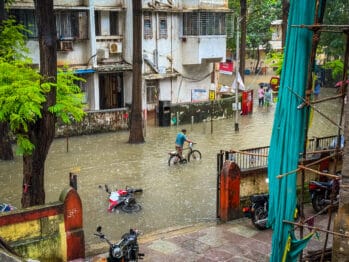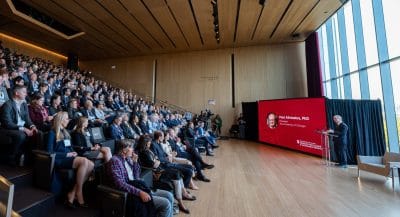By Simrin Sirur
After years of debate, countries agreed to establish a fund for losses and damages from climate change at the 27th Climate Conference of Parties (COP27), under the UNFCCC that took place in 2022. At the time, its establishment was hailed as a recognition of the unequal impacts of global warming on poorer countries. Three years later, however, the Fund for Responding to Losses and Damages (FLRD) is still finding its feet and struggling to raise money.
Currently, the FLRD has accepted voluntary pledges amounting to $768 million from 28 countries. Of these, 22 countries have signed contribution agreements, and 19 have released initial funding commitments. But these pledges are woefully inadequate: The actual cost of disasters is estimated to be over $2.3 trillion annually when cascading and ecosystem costs are taken into account. A fresh round of funding requests for FLRD will open in mid-December, with disbursals expected to start by June 2026.
A new proposal by Nobel Laureates Abhijit Banerjee and Esther Duflo, and Professor of Economics at the University of Chicago, Michael Greenstone, attempts to reimagine how climate finance for loss and damage, as well as climate adaptation, can be raised. It proposes combining taxation, direct benefit transfers, and insurance to raise funds, disburse them swiftly and equitably, and incentivise mitigation in poor countries.
Called the “grand bargain for climate mitigation, adaptation and compensation,” the proposal seeks to address multiple concerns in climate finance governance, including curbing future emissions in developing countries, making sure money goes where it’s supposed to, how the money is calculated, and where it should come from.
“We’re not proposing this as a replacement to anything. The objective is to have a system that is attractive enough on one side, for countries to really commit to reducing carbon, and attractive enough on the other side, to get rich countries to commit to pay,” said Banerjee.
























